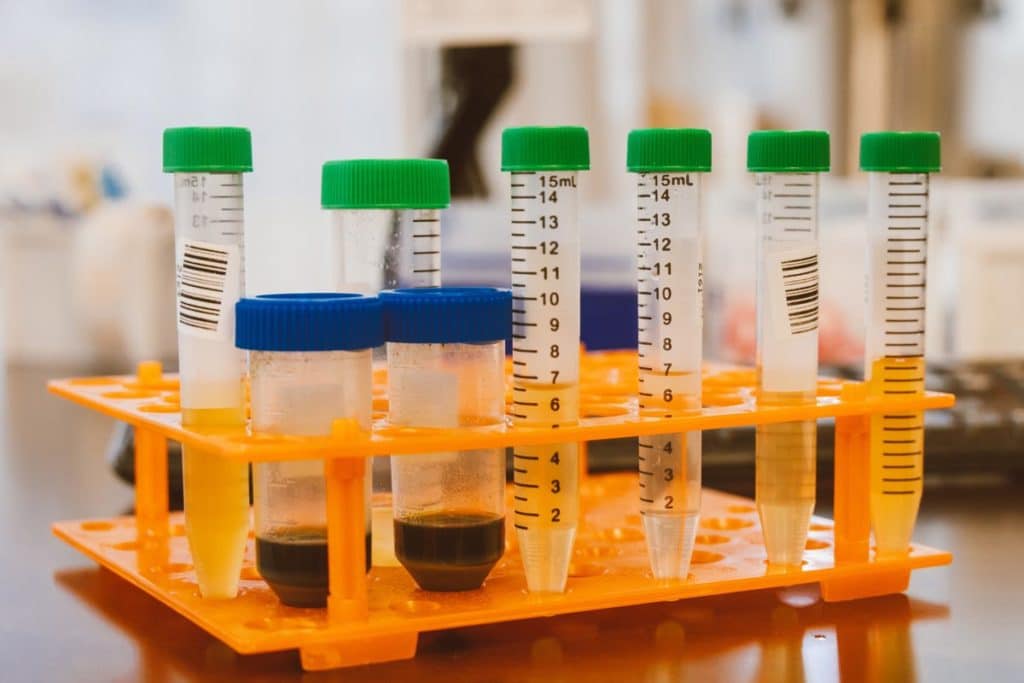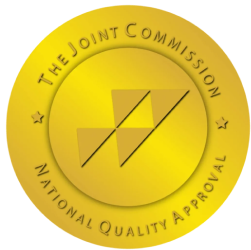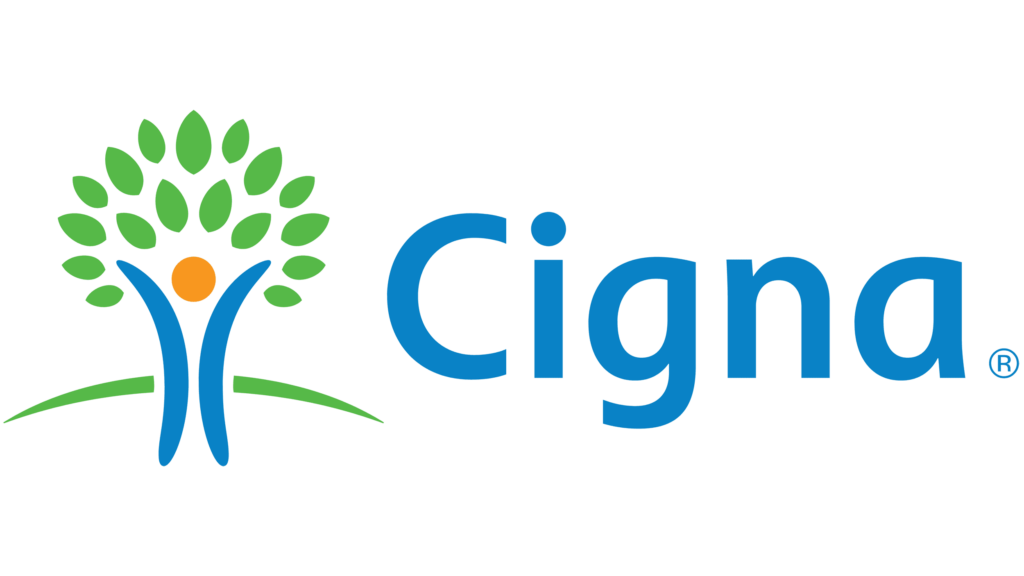
If you or a loved one is taking LSD (also known as acid) and are facing a drug test, chances are, it will show up on the test. In fact, the most common drug test administered at work, the urine test, is one of the easiest ways to detect LSD. At the same time, many drug tests simply don’t screen for LSD, in part because many of the people who use it do so in such tiny amounts that it’s difficult to detect anyway.
However, whether or not LSD shows up on a drug test depends a lot on factors like what kind of test it is, how long you’re tested after the last use, and how long and how much you’ve been using. Other factors like metabolism and body weight will also play a role. However, on average, if you do get a surprise drug test, the answer is “yes, LSD will show up IF they are testing for it”.
How Long Does LSD Show Up on a Drug Test?
LSD shows up anywhere from a few hours to several months after your last usage. Here, visibility on a drug test normally depends on what kind of test you’re getting.
For example, most workplace drug tests use a simple urine screening. Here, you can expect LSD to show up 1-4 days after the last usage. For example, if your employer is doing a simple LSD strip test, it will only detect the drug for 1-3 days – but will show a positive result in about 5 minutes. On the other hand, a more extensive urine spectrum analysis will show LSD usage for up to four days after your last consumption.
That’s markedly different from other types of tests. For example, a blood test only shows LSD for about 6-12 hours after the last dose. That’s because the blood quickly purifies out the drug and metabolizes it into the liver and kidneys. By the time you’re no longer feeling the effects of LSD, it shouldn’t’ show up on a blood test. But, that doesn’t matter very much because blood tests are almost never used to detect drug use.
However, that rate of metabolism, known as “half-life” does mean that the more of a drug you take, the more likely it is to be present in your body for longer.
On the other hand, a hair or nails test could show LSD usage for as long as 90 days after your last usage. If you have very long hair, it could be even longer. Of course, most academic and workplace tests don’t use hair and nails either, but you may be asked to submit samples if you contest a positive urine test. At the same time, LSD is unreliably detectable in hair and nails in that it’s impossible to prove repeat use or when usage happened. In addition, because metabolites don’t appear in hair or nails, individuals often have to use over longer periods of time for LSD to show up reliably in hair at all.
What About If You’re Micro dosing LSD?
Micro dosing or taking tiny doses, usually 20mg or lower, is a common form of self-medication, where people use LSD or another psychedelic drug to attempt to treat anything from substance use disorders to mental health problems. These tiny doses are just under the amount needed to create a psychedelic reaction (25mg in most humans). These amounts will be significantly harder to detect in standard drug tests.
However, over time, as you continue to use LSD, the metabolites LSD breaks down into will build up in the kidneys. Eventually, this becomes just as visible on a urine test as a larger dose of LSD would be.
It’s also more likely to trigger a positive result in a hair test, although it’s unlikely that your employer would ask for a hair test.
What does that mean if you’re micro dosing? If you’ve been micro dosing for some time, chances are very high that you’ll show up as positive for LSD usage.
What Other Factors Should I Consider?
There are many factors that influence whether LSD will show up on a drug test or not. The most important of these is the type of test. In addition you’ll have to consider:
- Time since last usage (most tests are very reliable for the first 1-4 days)
- Amount used (LSD metabolizes relatively quickly. It takes about 16 hours for a 200mg dose to vanish from your bloodstream. But, metabolites will be in your liver and kidneys for much longer)
- Pattern of usage (repeat usage will cause metabolites to build up, meaning you’re more likely to trigger a positive result)
- Duration of usage (A since LSD dose is very difficult to detect on a test. A long-term pattern will show even tiny doses if you take them long enough).
- Body weight and metabolism. Bodyfat stores metabolites, meaning that the more you weigh, the more likely metabolites are to be stored in the liver. The same is true if you frequently abuse alcohol or another drug and have fatty liver disease or similar, you’ll be more likely to have a positive test result.
Essentially, test results can vary and a great deal.
Many Workplaces Don’t Test for LSD
“Normal” LSD dosing includes a few micrograms, typically 10-20 for a micro-macro dose and 100-200 for a dose intended to get someone high. That’s as little as 0.2% of a normal dose of MDMA or 0.005% of a dose of psilocybin. The tiny doses needed to produce an effect make LSD difficult to test for, simply because the test has to be extremely sensitive in order to work at all.
For that reason, most LSD tests are conducted using gas chromatography-mass spectrometry in a lab. If your employer is paying to have drug samples tested in a lab rather than using immunoassays (strips that change color or indicate yes/no like a pregnancy test or covid antigen test), it’s more likely that you’ll get a positive result from even a tiny amount of the drug.

Getting Help
Eventually, if you’re using a drug and you know you shouldn’t, there’s probably something wrong. If you find yourself using despite knowing that it could put your work, career, or study in danger, you might need help. That’s also true if you’re using LSD to try to self-medicate another problem. Seeking out treatment including behavioral therapy can help you to build the skills to cope with and manage without using LSD or another substance.
While LSD is not highly addictive, it can be part of existing behavioral disorders and seeking behavior, it can be part of looking for an easy way out of another problem, and it can make your problems worse by increasing anxiety and mental health problems – without actually solving the root issue.
Asana Recovery offers detox, residential, and outpatient addiction treatment services at our center located in Orange County, California. Please contact us today to speak with one of our experienced addiction treatment team if you have any questions about our programs.










